The ability to speak is commonly used as a litmus test for intelligence. After all, audible language equates with the ability to form thoughts. True?
Not true. Oftentimes, non-verbal children have the same thoughts and feelings as typically developing peers but don’t have the skills or ability to use words to express themselves. We have learned this firsthand in our home over the past year.
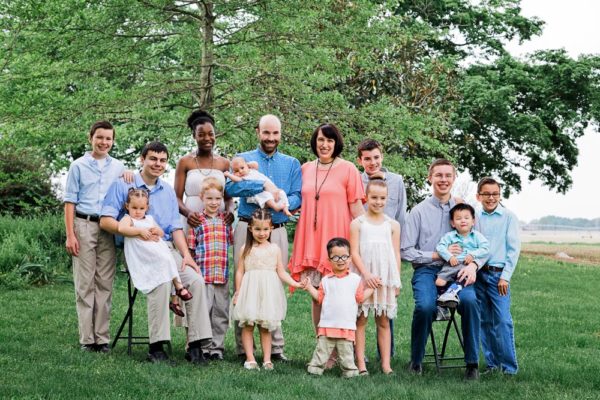
In July 2016 we traveled to China to adopt our 11th and 12th children. Two beautiful new sons, ages 4 and nearly 2, who were from the same province but different orphanages. We knew they both likely had cerebral palsy. They were also both listed as developmentally delayed and non-verbal. Knowing what their lives had been, the delays seemed quite understandable and presumably reversible.
We brought our boys home and experienced a typical transition between cultures and languages. Within a month we could tell they were understanding a lot of what we were saying. It was very exciting and we felt certain that we would be hearing words from them in no time.
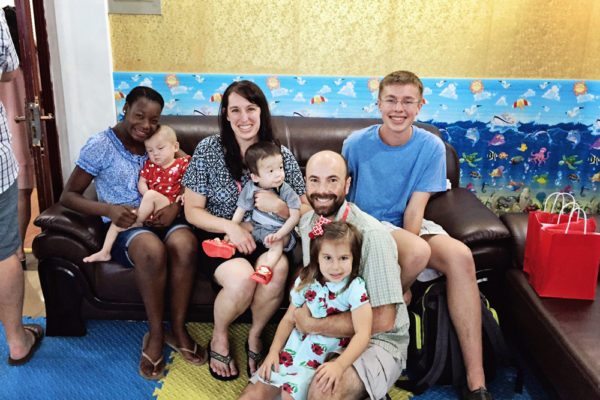
While we waited we received a lot of support and encouragement such as:
They’ll talk.
Just give them time.
They’re learning a whole new language.
Just relax.
Soon enough though, the narrative changed to:
What words do they say now?
Have you checked their hearing?
Aren’t they going to speech therapy?
Why aren’t they talking yet?
Apparently there is an expiration date on patience when it comes to language, and rightly so.
Every child has a right to express themself; a right to have a voice and be heard. Without language there is often isolation and exclusion even if it’s unintended. There are misunderstandings and frustrations which lead to anger and relationship breakdowns.
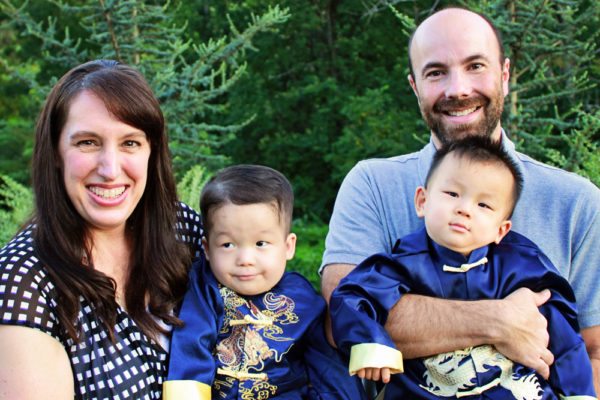
After a year of language immersion, hearing tests, ear tubes and speech therapy we were still only hearing babbling and the occasional “hi” or non-specific “mama”. Our neurologist decided it was time to act and get our boys some much needed help with language. They were both referred for evaluations with an AAC specialist.
AAC stands for Augmentative and Alternative Communication which is basically an umbrella term for all forms of communication besides oral speech. Facial expressions, grunting, pointing, writing, and sign language are all examples of AAC. Low tech AAC systems include communication books and wall charts with printed symbols. High tech includes computer screens, tablets and various software including apps.
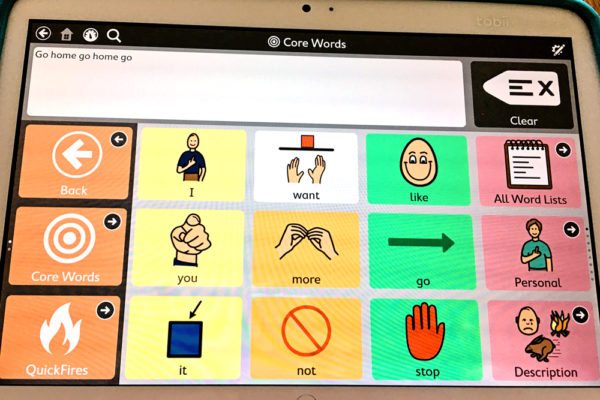
Like all things medical, AAC referrals take time. Our son Philip, age 5, received an appointment first and our son Arthur will soon have his. At Philip’s evaluation we were able to test out different systems. We quickly decided that low tech AAC was not what we were looking for. In our view it would limit the people our sons could communicate with to those who knew and understood sign or symbolic language. We want our sons to have the best chance at communicating with the greatest amount of people so we chose high tech AAC in the form of a speech generating device.
There are many devices available in the AAC market. Possible options include iPads with symbol communication apps or even large screens with the technology to track eye movement for button activation. It’s quite sci-fi – and super, super cool! Ultimately we chose a portable tablet from Tobii Dynavox called Indi. We like Indi because it is small, durable and designed specifically for the purpose of voice output. The software is user friendly and we are already seeing great results.
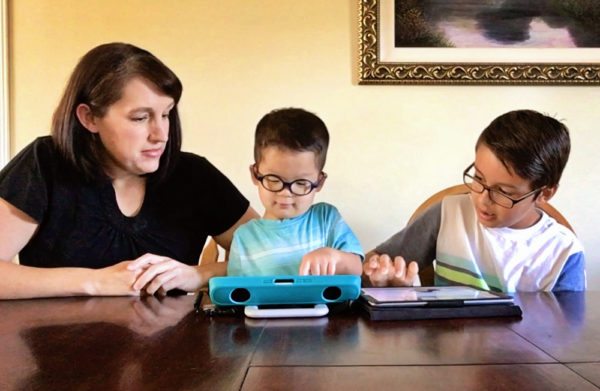
AAC does not prevent children from speaking but actually produces the opposite result. We are now hearing our son’s first words and we believe it is because of the use of AAC.
Non-verbal children on waiting lists for families are typically hard to place because they are underestimated and misunderstood. We hope to see that change. Being non-verbal does not mean non-communicative and it certainly doesn’t mean unintelligent. Our boys use many avenues of communication because they are creative and have an instinctual need to connect with those around them.
AAC is a wonderful way to give a voice to a child who has yet to find one. Without a family though, waiting children will never have an opportunity to be heard or truly understood.
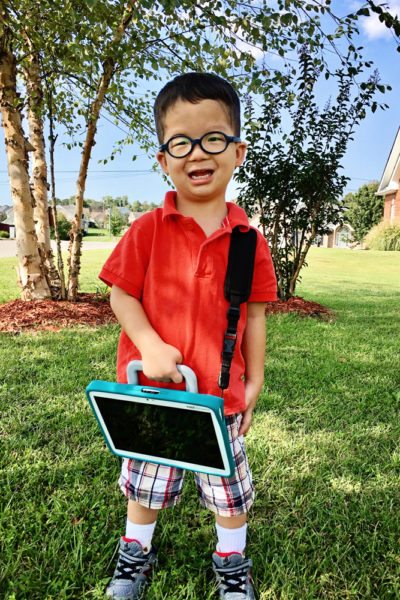
We are happy to chat with other families with questions about adopting a child with complex communication needs. There is so much help available. These kids deserve families who will believe in them and give them voices.
– guest post by Erin: email || Facebook || You Tube

























Leave a Reply